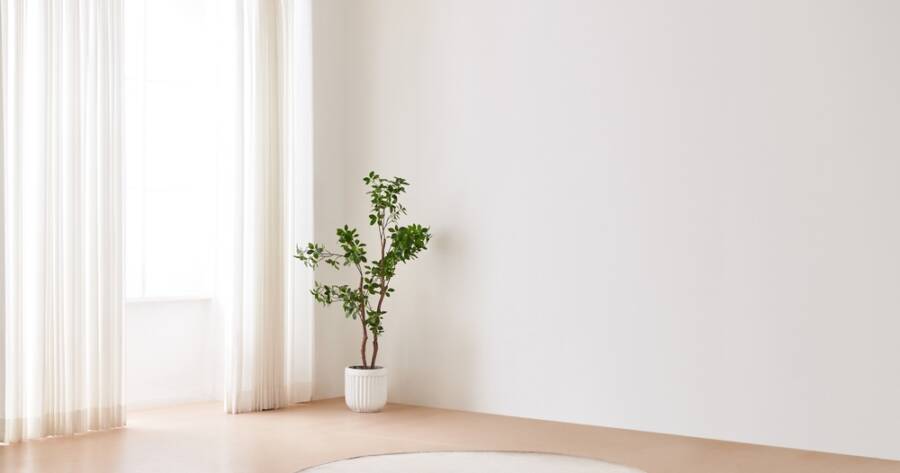Minimalism is more than just decluttering—it’s a lifestyle that promotes intentional living, focusing on what truly adds value while eliminating unnecessary distractions. By embracing minimalism, individuals can create a more peaceful, fulfilling, and productive life. Whether seeking financial freedom, mental clarity, or a more organized space, minimalism offers a pathway to simplicity. Understanding its principles and implementing small changes can help shift toward a life that prioritizes meaning over material possessions.
Understanding Minimalism: More Than Just Less Stuff
Minimalism is often misunderstood as merely owning fewer items, but it encompasses much more. It’s about creating space—both physically and mentally—for what matters most.
- Intentionality Over Consumption – Minimalism shifts the focus from accumulating things to making deliberate choices about what to keep in life.
- Reducing Mental Clutter – A minimalist lifestyle promotes mental clarity by eliminating unnecessary distractions and commitments.
- Financial Freedom – Cutting down on excessive spending allows for greater financial security and investment in meaningful experiences.
- Sustainability and Environmental Impact – Owning less reduces waste and promotes more mindful consumption, benefiting the planet.
Minimalism is about making room for what truly adds value—relationships, experiences, and personal growth—rather than being burdened by excess.
How to Start Your Minimalist Journey
Embracing minimalism doesn’t have to be overwhelming. A gradual approach makes the transition more manageable and sustainable.
- Define Your “Why” – Determine what draws you to minimalism. Are you looking for more time, less stress, or financial stability? Having a clear motivation helps maintain focus.
- Assess Your Belongings – Take stock of what you own and identify items that no longer serve a purpose. Start with one category at a time, such as clothing or kitchenware.
- Declutter in Phases – Use methods like the KonMari technique (keeping only what sparks joy) or the 90/90 rule (if you haven’t used it in 90 days and won’t in the next 90, let it go).
- Digitize When Possible – Reduce physical clutter by storing important documents, photos, and media digitally.
- Adopt a “One In, One Out” Rule – For every new item brought in, remove an old one to maintain balance.
Taking these steps gradually makes the transition to minimalism smoother and more sustainable.
Creating a Minimalist Space
A clutter-free environment fosters mental clarity, relaxation, and productivity. Designing a minimalist home doesn’t mean an empty space, but rather a well-curated, functional one.
- Simplify Your Decor – Choose neutral colors, clean lines, and multi-purpose furniture to create a calming atmosphere.
- Organize Thoughtfully – Keep frequently used items accessible and store away those that aren’t needed daily.
- Quality Over Quantity – Invest in high-quality, durable essentials rather than accumulating many inexpensive items.
- Maintain an Uncluttered Space – Regularly reassess belongings to ensure only meaningful and useful items remain.
A minimalist space should feel inviting and purposeful, reflecting personal values without excess distractions.
Minimalism Beyond Possessions: Simplifying Life
Minimalism extends beyond material items—it’s about decluttering all aspects of life to prioritize well-being and personal growth.
- Simplify Your Schedule – Say no to commitments that don’t align with your values, leaving room for meaningful activities.
- Reduce Digital Clutter – Unsubscribe from unnecessary emails, organize files, and limit social media consumption to prevent mental overload.
- Practice Mindful Consumption – Be intentional about purchases, focusing on needs rather than impulse buys.
- Prioritize Experiences Over Things – Invest in travel, learning, and time with loved ones rather than accumulating possessions.
Applying minimalism to all areas of life creates a sense of freedom, allowing for deeper connections and personal fulfillment.
Embracing a More Intentional Life
Minimalist living isn’t about deprivation—it’s about gaining more from life by letting go of what no longer serves a purpose. By decluttering spaces, simplifying schedules, and making mindful choices, individuals can cultivate a more peaceful and fulfilling lifestyle. Whether starting small or making significant changes, the key is focusing on what truly adds value and brings joy. Minimalism offers the opportunity to create a life centered around purpose, clarity, and meaningful experiences.

